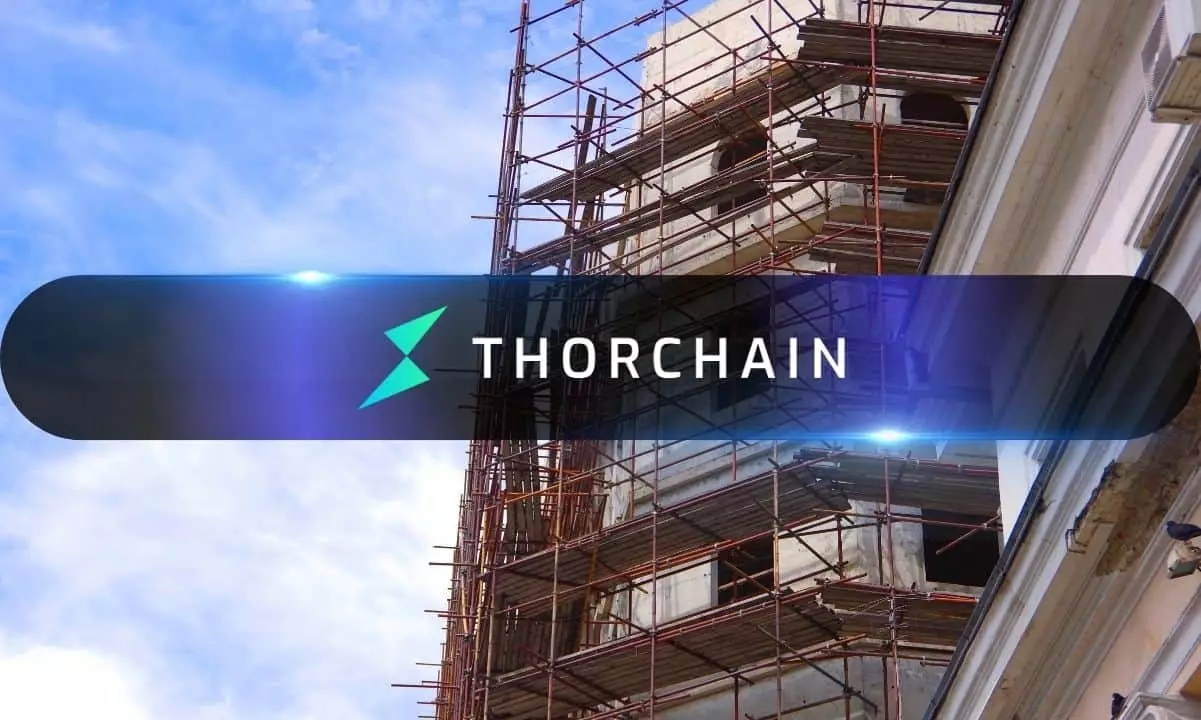In an effort to navigate a significant debt crisis estimated at nearly $200 million, THORChain has enacted critical changes to its governance framework, marking a pivotal point in its operational strategy. The decentralized cross-chain liquidity protocol recently passed Proposal 6, which aims to address the adverse financial situation caused by increased debt load associated with its Savers and Lending programs. Following a temporary suspension of THORFi services in late January, stakeholders mobilized to find a sustainable solution, culminating in a restructuring plan that offers both recovery prospects for users and a renewed operational focus for THORChain.
One of the cornerstone components of the approved restructuring plan involves converting defaulted debts into TCY (Thorchain Yield) equity tokens. This strategic move not only alleviates the need for private funding rounds but also capitalizes on established treasury resources to facilitate recovery. By minting 200 million TCY tokens, the protocol ensures that users impacted by defaulted debts are compensated at a ratio of one token for every dollar owed. This approach not only promises a pathway for full recovery for affected participants but also establishes a structure that incentivizes ongoing participation in the ecosystem through the allocation of 10% of protocol fees to TCY holders.
To address the immediate financial concerns surrounding the value of the TCY token, THORChain plans to create a shallow RUNE/TCY liquidity pool at an initial price of $0.10 per TCY. A total of $5 million will be directed from treasury funds over ten weeks toward strategic buybacks, aimed at enhancing price stability during the token’s market introduction. This proactive approach is designed to foster a conducive environment for price discovery while minimizing volatility that could deter participant engagement.
Another significant aspect of the proposal is the introduction of Liquidity Nodes. These nodes will not only bolster capital efficiency but will also play a critical role in mitigating the impact of forfeited fees on governance participation. By streamlining liquidity availability, the network aims to create a more resilient ecosystem where liquidity providers can participate robustly, reinstating confidence in THORChain’s operational integrity.
The restructuring process is noteworthy not only for its immediate financial remedies but also for the level of community engagement it has fostered. Nine independent plans were presented and vetted by Node Operators, reflecting a collective effort to navigate the intricacies of THORChain’s situation and ensure its stabilization. Although the native token, RUNE, has experienced a downturn, having lost almost 80% of its value in the last month, the newly introduced strategies could lead to a potential turnaround, reaffirming commitment from the community as well as investors.
As THORChain embarks on this challenging, yet necessary journey, the interplay of governance decisions and community involvement will likely prove essential in restoring financial health and operational confidence within the protocol. The focus on equity conversion, strategic buybacks, and efficient liquidity management embodies a forward-thinking approach that could potentially reshape THORChain’s future in the decentralized finance space.


Leave a Reply